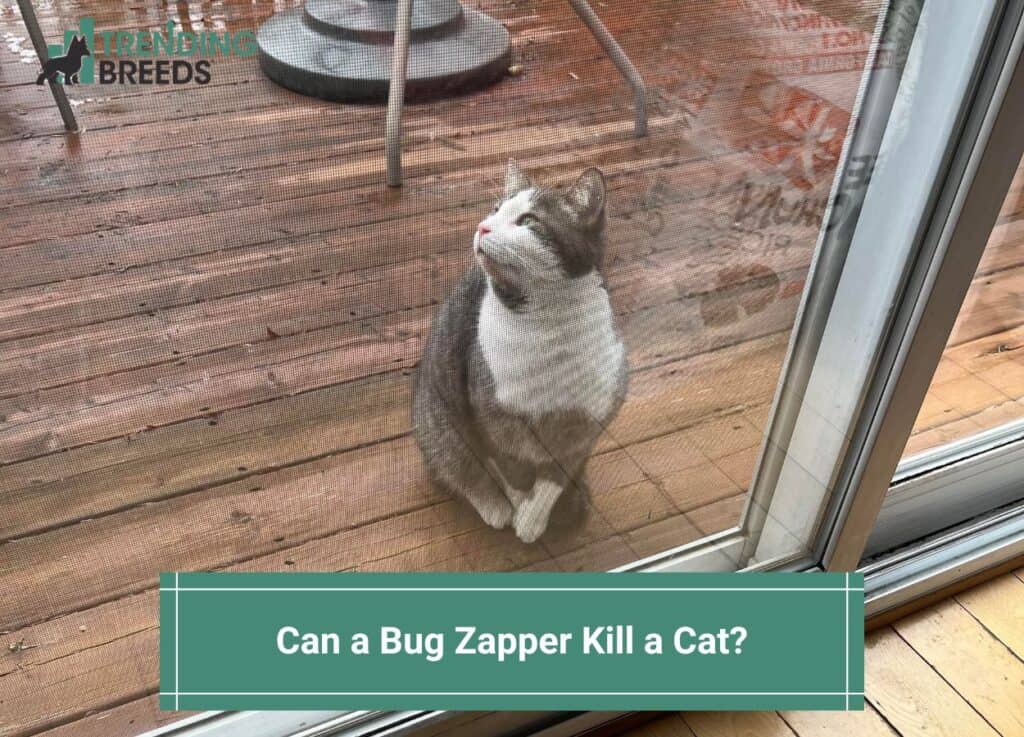
Bug zappers have gained widespread popularity as devices designed to lure and eradicate flying insects through the emission of ultraviolet (UV) light and using an electric grid or mesh to zap them. But if you have a curious feline, you might wonder. Can a bug zapper kill a cat?
Bug zappers have potential risks and safety factors that you can keep a keen eye on to protect your feline companion.
The elements of the bug zapper, such as the electric shock or chemical, can be harmful to your cat.
However, you can prevent an accident if you monitor your pet in the presence of the big zapper.
Plus, there are many other things that you can adopt to keep your feline pet away from harm’s way.
Read on to learn more.
Before you scroll further down this guide, check out these other cat-related articles: Can Cats Eat Dates? and Is Cooked Chicken Safe for Cats with Kidney Disease?.
Table of Contents
What Is a Bug Zapper?
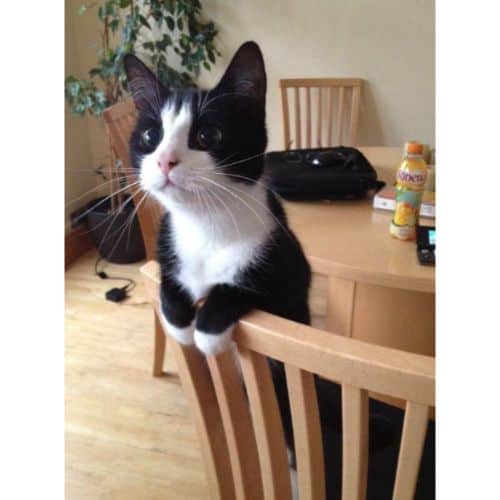
A bug zapper, commonly referred to as an insect electrocution or electronic insect killer, is an electronic apparatus created to allure and exterminate flying insects.
Typically, it comprises a light source, often UV light, and an electric grid or mesh that emits a high voltage to electrocute the insects upon contact.
How Does It Work?
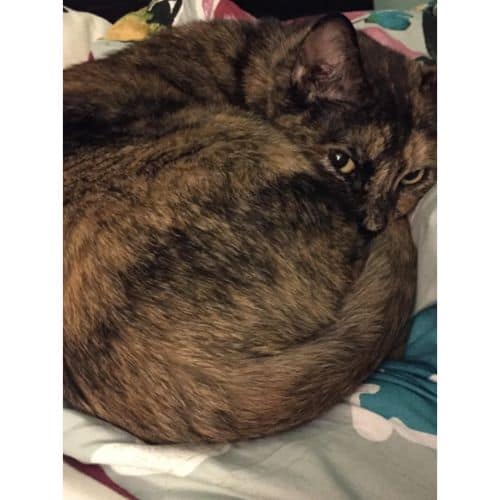
Bug zappers function based on the principle of phototaxis, the phenomenon where insects are drawn toward light sources.
The UV light produced by bug zappers imitates the spectrum of light that numerous flying insects find highly appealing.
As the insects are enticed to the light source, they inadvertently come into contact with the electric grid, leading to an electric shock that efficiently eliminates them.
What Is Its Voltage?
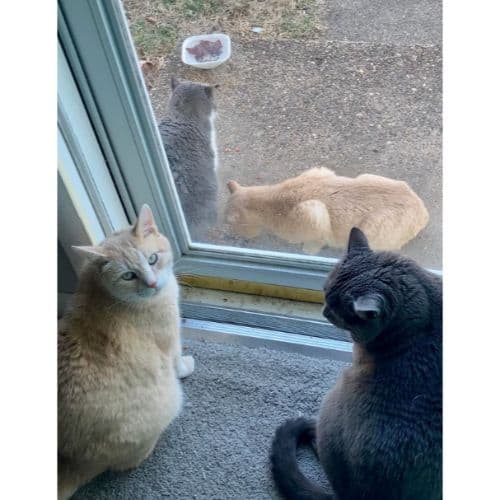
Bug zappers typically function within the voltage range of 2,000 to 4,000 volts.
Although this might seem significant, the amperage, or current flow, is minimal, enough only to zap insects.
In the case of cats, similar to humans, they require a higher amperage to be at risk of harm.
Given their larger size and higher resistance to electrical currents, the chances of a cat sustaining an injury from a bug zapper are exceedingly minimal.
Different Types Of Bug Zappers
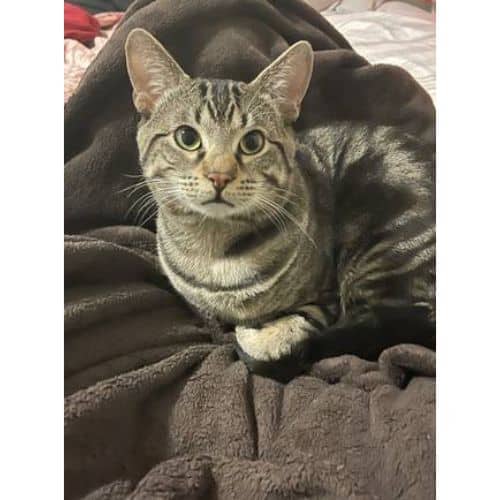
Bug zappers are available in diverse forms, encompassing stationary units, hanging models, and portable devices.
They can cater to different needs, some intended for outdoor use, while others are designed for indoor environments.
Encompassing Stationary Unit
Encompassing stationary units of bug zappers are popular choices for those seeking a permanent and efficient solution to flying insects.
These bug zappers are typically installed in fixed locations, either mounted on walls or sturdy surfaces.
They are designed to cover a specific area and work continuously to attract and eliminate flying insects.
Stationary bug zappers often feature a combination of attractive elements, such as ultraviolet (UV) light, and sometimes additional attractants, like pheromones or carbon dioxide, to lure insects toward them.
Once insects are drawn to the light source, they contact the electric grid or mesh, leading to their demise through an electric shock.
These bug zappers are commonly used in various outdoor settings, such as patios, gardens, restaurants, and public spaces, where controlling flying insect populations is essential for a comfortable and hygienic environment.
They can also be found indoors, particularly in commercial buildings, warehouses, and food processing facilities, where pests can be a significant concern.
One advantage of stationary bug zappers is their continuous operation, ensuring ongoing protection against flying insects without requiring frequent manual intervention.
However, it’s essential to place them strategically, away from areas where people and pets might be nearby, to avoid accidental contact with the electric grid.
Overall, encompassing stationary units of bug zappers offer a practical and long-term solution to keep flying insects at bay, promoting a more enjoyable and pest-free environment for both indoor and outdoor spaces.
Hanging Model
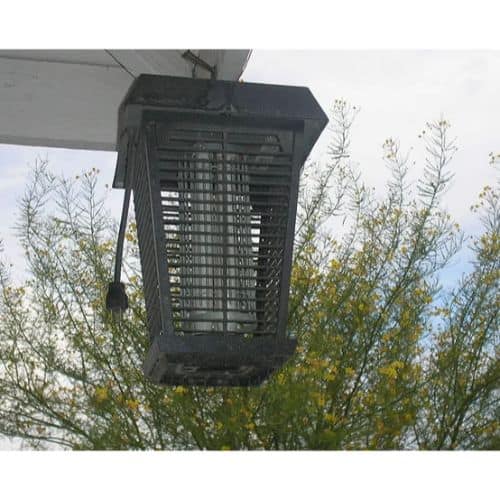
Hanging models of bug zappers are versatile and convenient devices designed to combat flying insects in various environments.
As the name suggests, these bug zappers can be suspended from ceilings, hooks, or other elevated locations, allowing them to cover a wide area while remaining out of the way.
The primary feature of hanging bug zappers is their ability to attract flying insects through ultraviolet (UV) light, miming the spectrum of light many insects find irresistible.
Some models may incorporate additional attractants like pheromones or carbon dioxide to enhance their effectiveness.
Once insects are drawn to the light source, they come into contact with the electric grid or mesh, resulting in a quick and efficient elimination through an electric shock.
Hanging bug zappers are designed to be safe for humans and pets, with protective covers or enclosures around the electric grid to prevent accidental contact.
These bug zappers are especially popular in outdoor settings such as patios, gardens, campsites, and picnic areas, where they can effectively reduce the presence of annoying insects and provide a more enjoyable outdoor experience.
They are also commonly used in commercial establishments like restaurants and cafes to create a more pleasant dining environment for customers.
One advantage of hanging bug zappers is their flexibility in placement. They can be easily moved to different locations, providing targeted insect control whenever required.
Additionally, they are typically low-maintenance, requiring periodic cleaning to remove insect debris and occasional bulb replacements to maintain optimal attraction.
Portable Device
Portable bug zappers are convenient and flexible devices designed for on-the-go insect control.
These compact and lightweight units offer the advantage of mobility, allowing users to take them anywhere they need protection from flying insects.
Most portable bug zappers operate on battery power, making them ideal for outdoor activities such as camping, hiking, picnics, and backyard gatherings, where access to electrical outlets may be limited or unavailable.
Some models even come with rechargeable batteries, ensuring cost-effectiveness and reducing the need for frequent battery replacements.
Like other bug zappers, portable versions utilize attractive elements like ultraviolet (UV) light to draw in flying insects.
The insects are lured to the device and eliminated upon contact with the electric grid or mesh.
Some portable bug zappers include additional features like suction fans to pull insects into the container, making them a hygienic and mess-free option.
Due to their small size, portable bug zappers are not intended for large-scale insect control but are more suitable for personal use or creating a bug-free zone in a limited area.
They can be convenient for protecting individuals from bothersome insects during outdoor activities or providing a more comfortable environment in a small patio or camping tent.
One of the main advantages of portable bug zappers is their ease of use and setup.
Many models are designed for simple operation; some even feature hands-free functionality, allowing users to hang or place them on surfaces effortlessly.
Additionally, the safety features minimize accidental contact with the electric grid.
Potential Risks For Cats
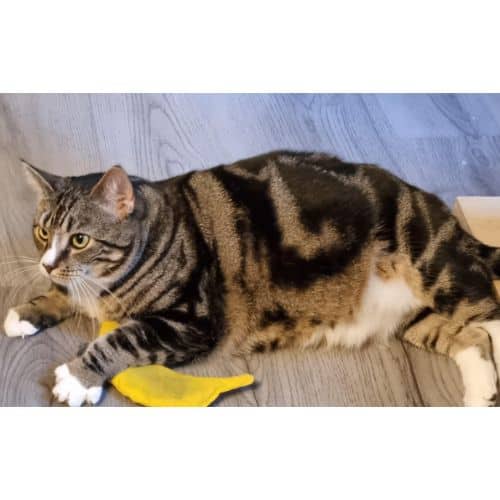
Although bug zappers are considered safe for humans and larger animals, cat owners need to be aware of potential risks specific to cats and bug zappers.
The Light
Cats, being naturally curious animals, are often drawn to sources of light. Bug zappers emit bright UV light to attract insects, which can also capture a cat’s attention.
However, cats that venture too close to bug zappers may be at risk of injury or getting trapped in the device.
Cat owners must be vigilant and take precautions to protect their cats from harm.
The Shock

Bug zappers utilize high-voltage electric currents to exterminate insects. If a cat comes into contact with the electric grid or mesh while the bug zapper is operational, it could experience an electric shock.
The intensity of the shock would depend on the bug zapper’s strength and the duration of contact.
Caution should be exercised to prevent any accidental harm to your feline companions around bug zappers.
The Chemical
Certain bug zappers use chemical attractants like lures or pheromones to boost efficiency.
However, these chemicals can be toxic if ingested by cats or other animals.
It is crucial to keep bug zappers with chemical attractants out of their reach and prevent accidental exposure to ensure the safety of your pets.
How Can You Keep Your Cat Safe?
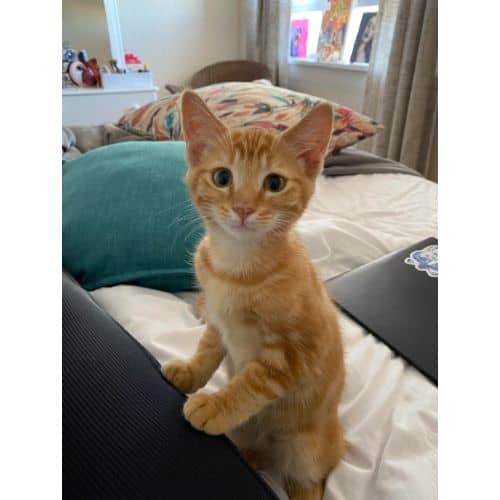
As a responsible cat owner, there are several proactive measures you can implement to safeguard your cat from potential risks linked to bug zappers.
Monitoring
When deploying bug zappers in areas your cat can access, close supervision and vigilant monitoring of their behavior are paramount.
When your cat is outdoors, watch them and ensure they do not come near or try to interact with the bug zapper.
If you observe any signs of curiosity or attempted contact, promptly intervene to prevent potential risks.
Keep The Cat Indoors
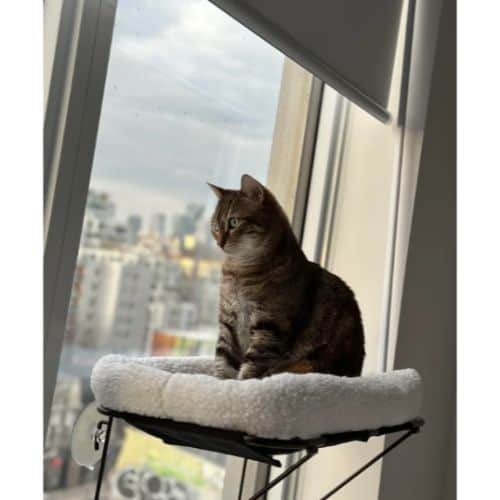
To eliminate the risk of exposure to bug zappers, contemplate keeping your cat indoors when insects are most active, and bug zappers are likely to function.
By providing a safe and engaging indoor environment for your cat, you can ensure their well-being while minimizing potential hazards.
Choose An Alternative
If you harbor worries about the safety of bug zappers around your cat, you can explore alternative insect control methods.
Consider using non-toxic insect repellents, installing screens on windows and doors, or implementing natural pest control measures to establish a safer environment for your cat and yourself.
Can a Bug Zapper Kill a Cat
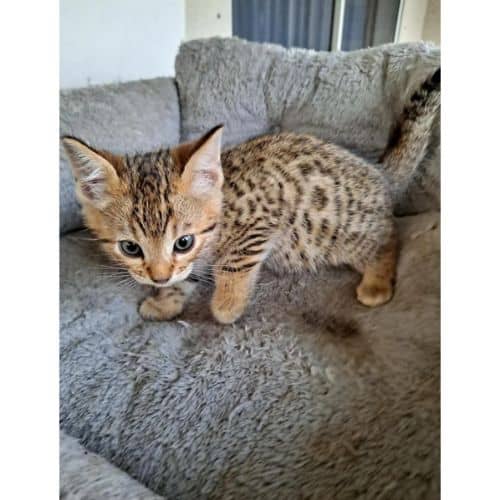
Bug zappers can be practical tools for controlling flying insects, but they come with potential risks, especially concerning cats.
Cats might be attracted to bug zappers’ light and be at risk of injury or entrapment, being naturally curious animals.
It is essential to supervise their behavior around bug zappers and consider keeping them indoors during peak insect activity to protect your beloved feline companion.
Additionally, exploring alternative insect control methods, such as non-toxic repellents and natural pest control measures, can create a safer environment for you and your cat.
Taking these precautions and being proactive can ensure your cat’s well-being and enjoy a pest-free living space.
If you find this guide, “Can a Bug Zapper Kill a Cat,” informative and helpful, you can check out these other cat-related articles from our team:
You can learn more about cats by watching “7 Shocking Cat Facts!” down below:




